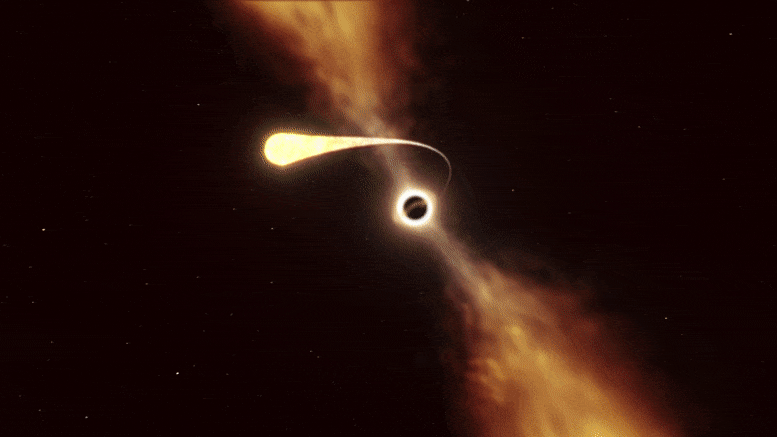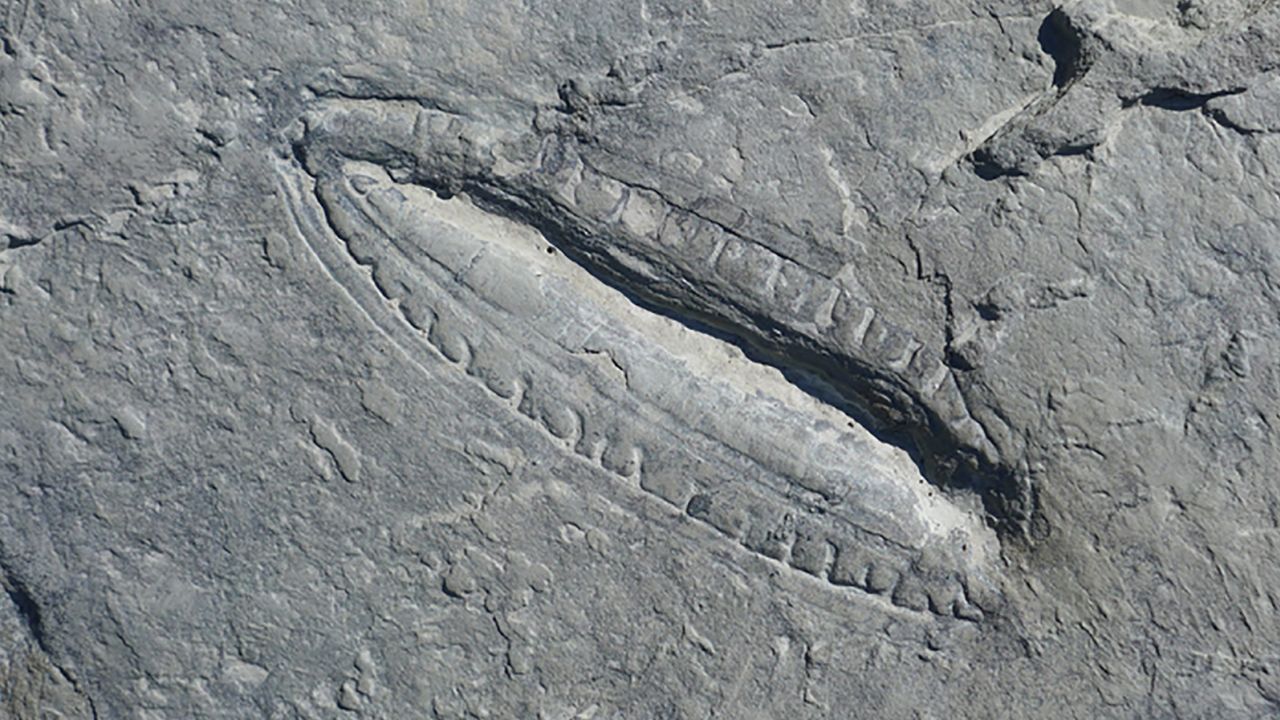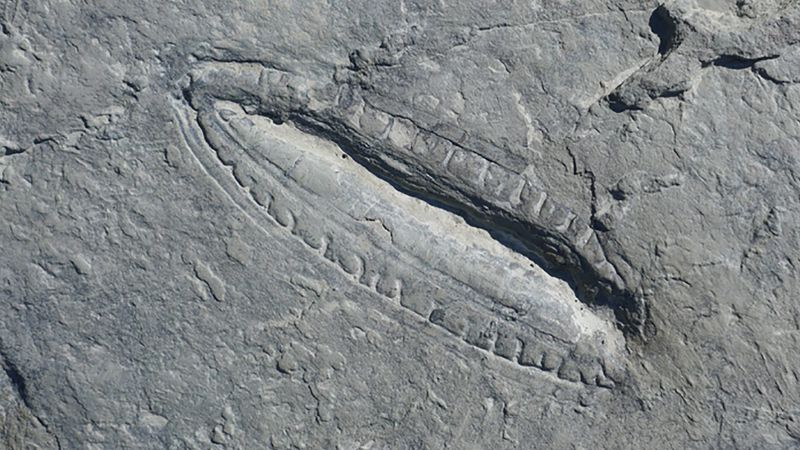One Million Times Faster Than Current Technology: New Optical Computing Approach Offers Ultrafast Processing
Logic gates are the basic building blocks of computer processors. Conventional logic gates are electronic, working by shuffling around electrons. However, researchers have been developing light-based optical logic gates to meet the data processing and transfer demands of next-generation computing. Aalto University scientists developed new optical chirality logic gates that operate about a million times faster than existing technologies, offering ultrafast processing speeds.
The optical chirality logic gate is made of a material that emits lights with different circular polarization depending on the chirality of the input beams.
This new approach, which is described in a paper published in the journal Science Advances, uses circularly polarized light as the input signal. The logic gates are made from crystalline materials that are sensitive to the handedness of a circularly polarized light beam – that is, the light emitted by the crystal depends on the handedness of the input beams. This serves as the basic building block for one type of logic gate (XNOR), and the remaining types of logic gates are built by adding filters or other optical components.
Additionally, the team demonstrated that a single device could contain all of their chirality logic gates operating simultaneously in parallel. This is a significant advance over existing logic gates, which can only carry out a single logic operation at a time. Simultaneous parallel logic gates could be used to build complex, multifunctional logic circuits. Finally, the team demonstrated that the chirality logic gate could be controlled and configured electronically, a necessary step for hybrid electrical/optical computing.
https://scitechdaily.com/one-million...st-processing/
Logic gates are the basic building blocks of computer processors. Conventional logic gates are electronic, working by shuffling around electrons. However, researchers have been developing light-based optical logic gates to meet the data processing and transfer demands of next-generation computing. Aalto University scientists developed new optical chirality logic gates that operate about a million times faster than existing technologies, offering ultrafast processing speeds.
The optical chirality logic gate is made of a material that emits lights with different circular polarization depending on the chirality of the input beams.
This new approach, which is described in a paper published in the journal Science Advances, uses circularly polarized light as the input signal. The logic gates are made from crystalline materials that are sensitive to the handedness of a circularly polarized light beam – that is, the light emitted by the crystal depends on the handedness of the input beams. This serves as the basic building block for one type of logic gate (XNOR), and the remaining types of logic gates are built by adding filters or other optical components.
Additionally, the team demonstrated that a single device could contain all of their chirality logic gates operating simultaneously in parallel. This is a significant advance over existing logic gates, which can only carry out a single logic operation at a time. Simultaneous parallel logic gates could be used to build complex, multifunctional logic circuits. Finally, the team demonstrated that the chirality logic gate could be controlled and configured electronically, a necessary step for hybrid electrical/optical computing.
https://scitechdaily.com/one-million...st-processing/
stlah

















Leave a comment: